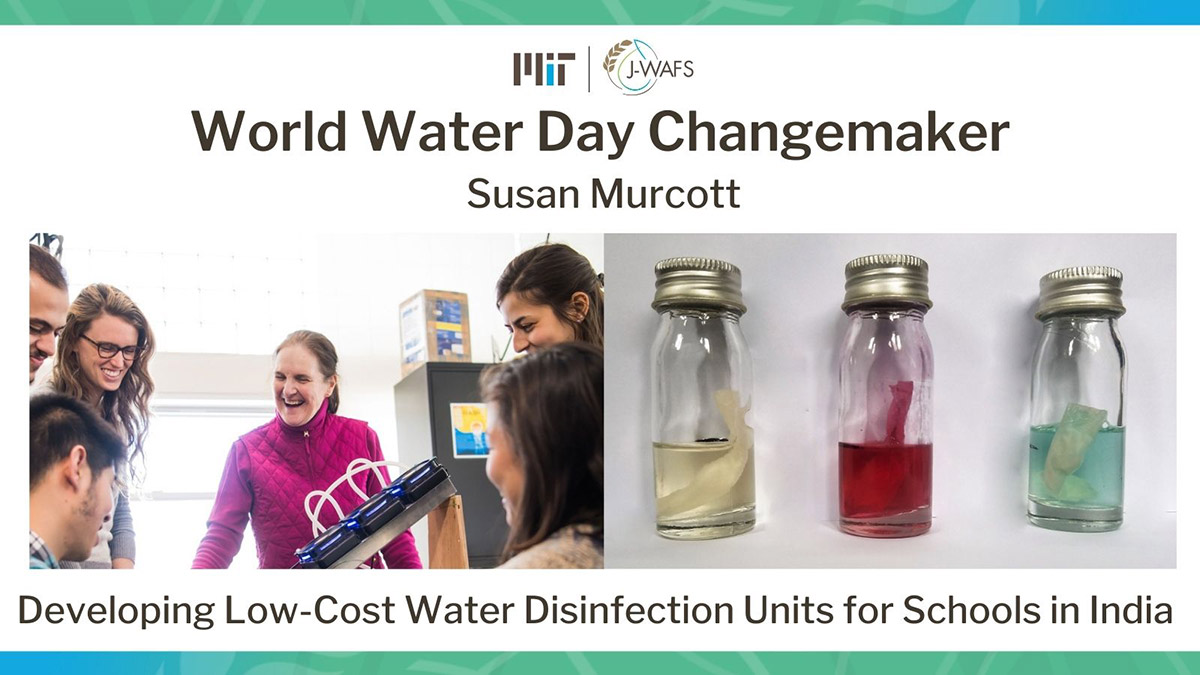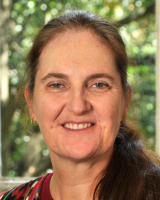News World Water Day 2022 Research Highlight: Disinfecting drinking water inexpensively
Susan Murcott of D-Lab is designing and developing a low-cost water disinfection unit for use in schools in India.
Carolyn Blais, J-WAFS March 22, 2022

In India, waterborne diseases affect millions of people every year, including children who can die from diarrhea after consuming contaminated water. Waterborne illnesses disproportionately affect people living in poverty and those without water sanitation resources. Through a 2020 J-WAFS Grant for Water and Food Projects in India, Susan Murcott, a lecturer in MIT’s D-Lab, is working with state agencies in West Singhbhum, India to design and pilot a water treatment solution for 20 government-run residential schools for girls.
Prior work through a 2018 J-WAFS Solutions grant allowed Murcott and co-PI Jeffrey Ravel to develop a simple, low-cost, and reliable E. coli test. This test will be applied to the current project in India but will add novel UV-based water disinfection technology to create systems that supply clean water to each school building. The UV-C disinfection technology uses short wave ultraviolet (UV) radiations that have a strong germicidal effect against bacteria and viruses. These organisms are inactivated once a sufficiently lethal dose of UV light has been absorbed, altering the molecular structure, preventing reproduction, and thus rendering the microorganisms harmless to humans. UV-C disinfection is affordable, accessible in resource-constrained areas, and low maintenance, which makes it desirable for places like rural India.
Suspended travel due to the COVID-19 pandemic has delayed work on this project, however, plans to proceed include:
- Collecting water samples from West Singhbhum that have a high likelihood of fecal contamination. The UV device will then be tested on the samples for disinfection
- Training school administrators to use the equipment so that the community can both identify and treat low quality water sources
- Identifying areas for improvement in design based on user feedback and field observations
- Establishing a local manufacturing and procurement shop for the UV-based water disinfection devices
“My core work has been focused on water, sanitation, and hygiene. It’s not sexy, it’s not a money maker, and it’s not high-profile news even though there are many childhood deaths each year attributable to water-related diseases.”
—Susan Murcott, D-Lab

